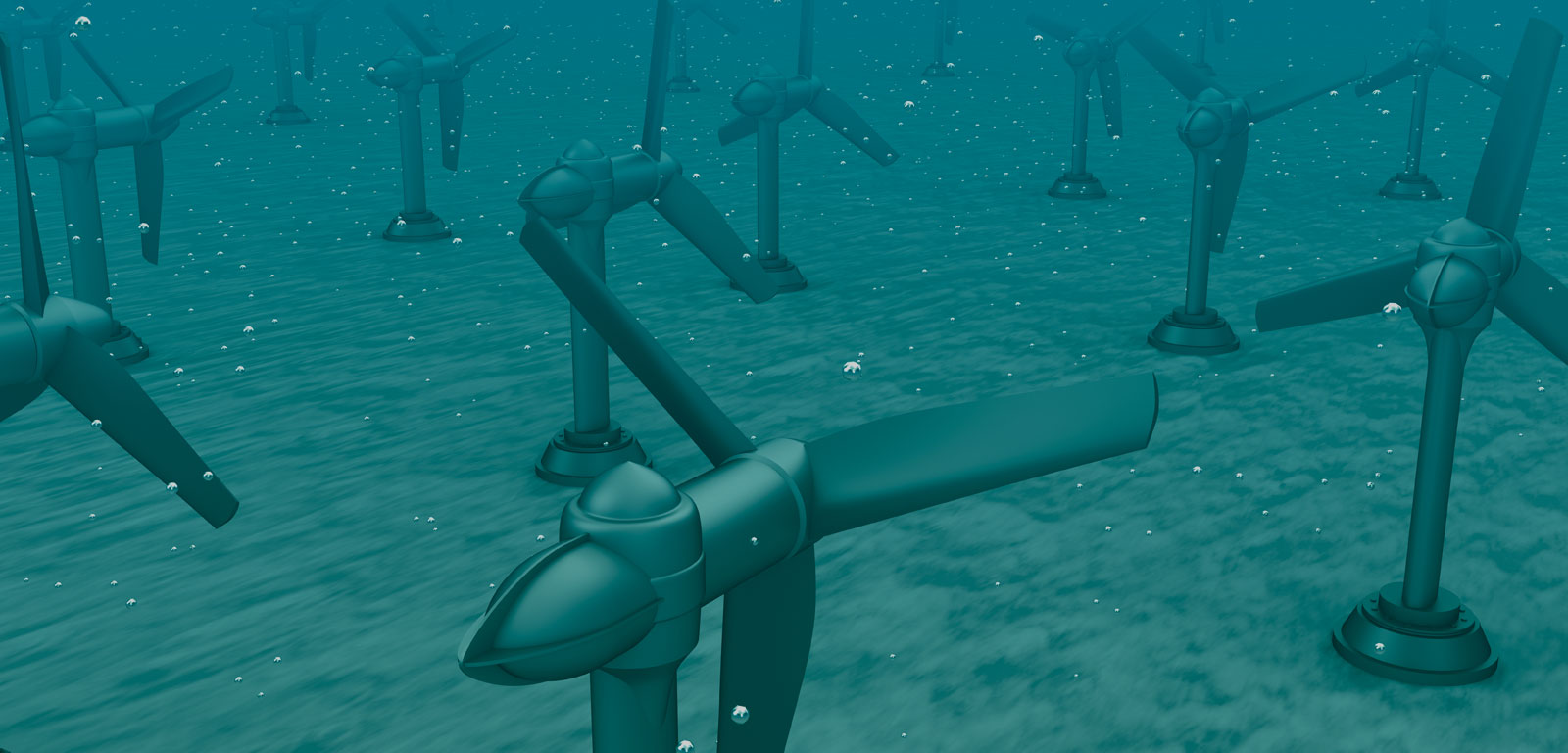Subject
General concepts of hydrodynamics
General details of the subject
- Mode
- Face-to-face degree course
- Language
- English
Description and contextualization of the subject
The purpose of this course is to give to the students a general introduction to hydrodynamics preparing them to take the best out of more focused courses proposed in the sequel of the program.The objectives of this course are to give a general overview to students about use of Hydrodynamics in marine and ocean engineering fields, about modelling and physics of free surface flows, numerical simulation in Hydrodynamics, hydrostatic and stability of floating structures.
This global overview will be then detailed in other courses of the Master program.
Teaching staff
| Name | Institution | Category | Doctor | Teaching profile | Area | |
|---|---|---|---|---|---|---|
| BLANCO ILZARBE, JESUS MARIA | University of the Basque Country | Profesorado Titular De Universidad | Doctor | Not bilingual | Fluid Mechanics | jesusmaria.blanco@ehu.eus |
| EGUIA LOPEZ, PABLO | University of the Basque Country | Profesorado Agregado | Doctor | Not bilingual | Electrical Engineering | pablo.eguia@ehu.eus |
| MARTINEZ DE ALEGRIA MANCISIDOR, IÑIGO | University of the Basque Country | Profesorado Agregado | Doctor | Bilingual | Electronic Technology | inigo.martinezdealegria@ehu.eus |
Competencies
| Name | Weight |
|---|---|
| Explain the purpose of Hydrodynamics modeling in Marine and Ocean Engineering today | 15.0 % |
| Explain and demonstrate knowledge and understanding of the main mathematical models to describe Free Surface flows | 15.0 % |
| Determine and Explain which mathematical model is adapted for which problem of Hydrodynamics | 15.0 % |
| Explain and demonstrate knowledge and understanding of the main aspects of numerical simulation in Hydrodynamics | 15.0 % |
| Explain main aspects of the stability for floating structures | 15.0 % |
| Use a software dedicated to stability for simple cases | 15.0 % |
| Acquire new skills, organize information | 10.0 % |
Study types
| Type | Face-to-face hours | Non face-to-face hours | Total hours |
|---|---|---|---|
| Lecture-based | 24 | 26 | 50 |
| Seminar | 10 | 14 | 24 |
| Applied computer-based groups | 6 | 20 | 26 |
Training activities
| Name | Hours | Percentage of classroom teaching |
|---|---|---|
| Autonomous work | 20.0 | 0 % |
| Classroom/Seminar/Workshop | 10.0 | 100 % |
| Expositive classes | 24.0 | 100 % |
| Reading and practical analysis | 14.0 | 0 % |
| Systematised study | 26.0 | 0 % |
| Working with it equipment | 6.0 | 100 % |
Assessment systems
| Name | Minimum weighting | Maximum weighting |
|---|---|---|
| Drawing up reports and presentations | 0.0 % | 100.0 % |
| Written examination | 0.0 % | 100.0 % |
Learning outcomes of the subject
Explain the models that describe the low in a free surfaceTo select the most adecuate mathematical model for a detemined hydrodynamic problem
Tom apply turbulence and limit layer models to practical cases
Temary
Lesson 1 Industrial, R&D and research activities connected to free surface hydrodynamics and ocean engineeringA state of the art of problems of engineering or applied research where use of Hydrodynamics is required
Lesson 2 Different classes of approximation used in Hydrodynamics
Presentation of different mathematical models which can be used in Hydrodynamics to describe free surface incompressible free surface flows (Navier-Stokes equations, Euler equations, Laminar and turbulent boundary layer equations, Potential flow model) and main problems of free surface Hydrodynamics for which each model is adapted
Lesson 3 Introduction to Numerical Simulation
Following parts will be described:
- Methodology for numerical simulation of a physical problem
- Implementation of a numerical method
- Pre- and post-treatment
- High-performance computing
Lesson 4 Hydrostatic and Stability of ships and marine structures
Intact and damaged stability of floating structures are investigated through theoretical and practical aspects. Computer lab work is done with state of art industry software.
Bibliography
Basic bibliography
J.N. Newman, Marine Hydrodynamics, The MIT press, 1977V. Bertram, Practical Ship hydrodynamics, Elsevier, 2012 (2nd Edition)
A.J. Hermans, Water Waves and Ship Hydrodynamics: An Introduction, Springer, 2010 (2nd Edition)
Biran, Ship Hydrostatics and Stability, Butterworth-Heinemann, 2003


